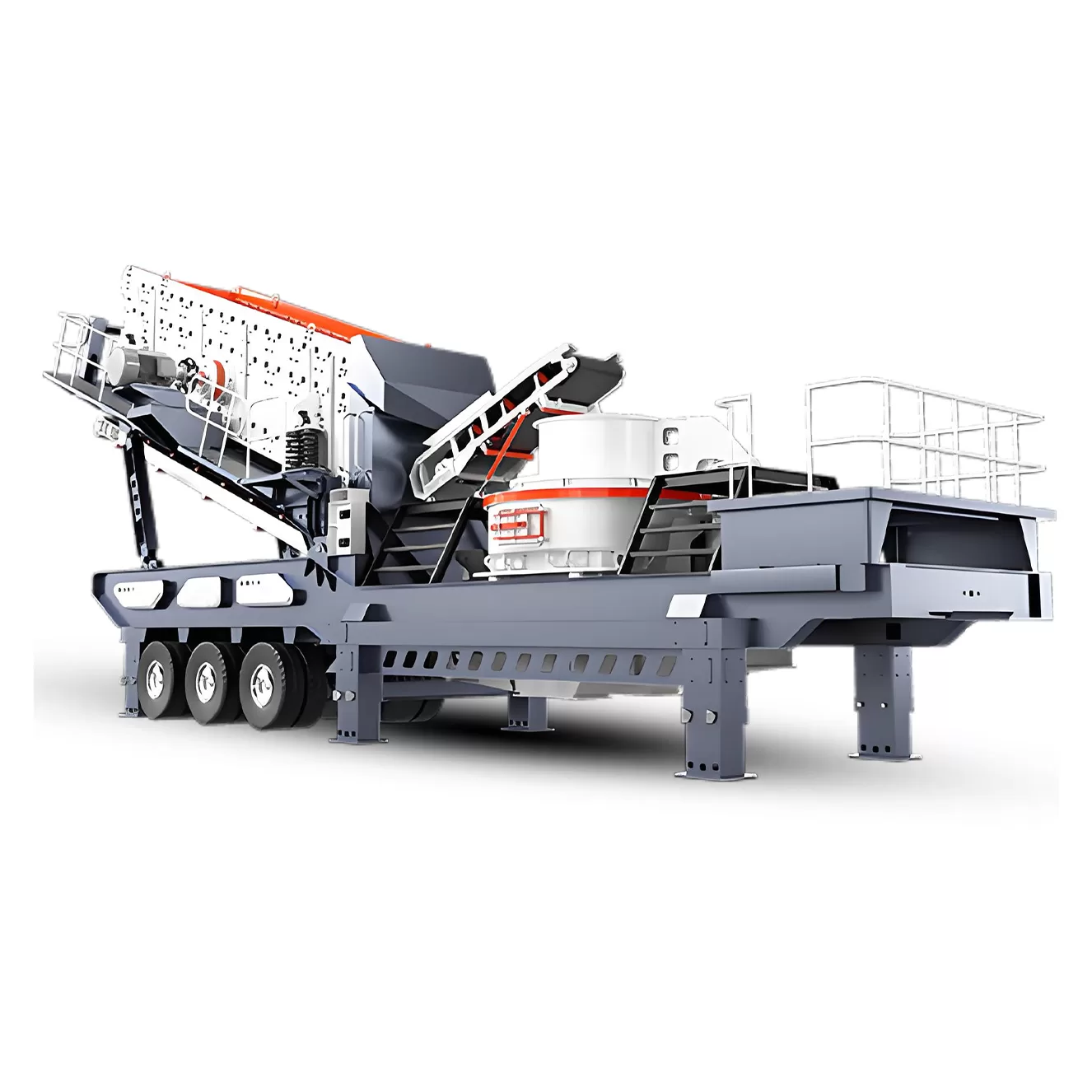全站搜索
Buscar en todo el sitio web
Buscar en todo el sitio web
La estación móvil de trituradora de cono tipo neumático se utiliza principalmente en metalurgia, industria química, materiales de construcción, industrias de agua y electricidad para el procesamiento de materiales que necesitan ser movidos, especialmente utilizados para la trituración de piedra en carreteras, ferrocarriles, proyectos hidroeléctricos y otras operaciones de liquidez.
Una trituradora de cono móvil es ideal porque su trituración por compresión maneja con eficacia la roca dura y abrasiva. Crea la forma cúbica del producto necesaria para los áridos de alta especificación. Además, su movilidad permite un funcionamiento flexible en diferentes emplazamientos o en grandes canteras, lo que reduce los costes de transporte.
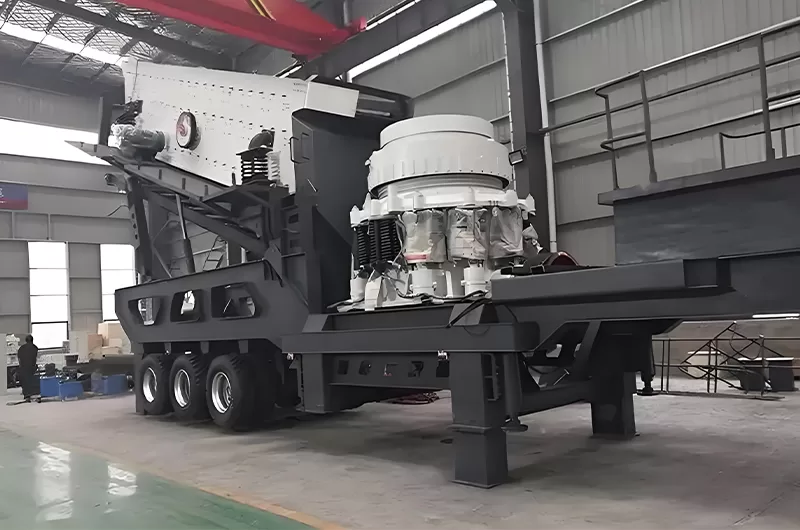
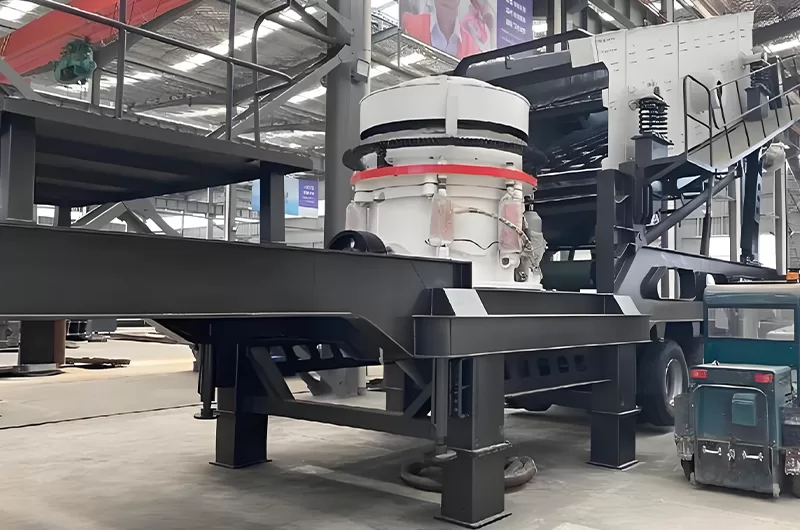
Las trituradoras de cono móviles trabajan principalmente en las fases de trituración secundaria o terciaria. Son habituales en minería, canteras (producción de áridos) e industrias de reciclaje de residuos de la construcción, especialmente para materiales duros y abrasivos.
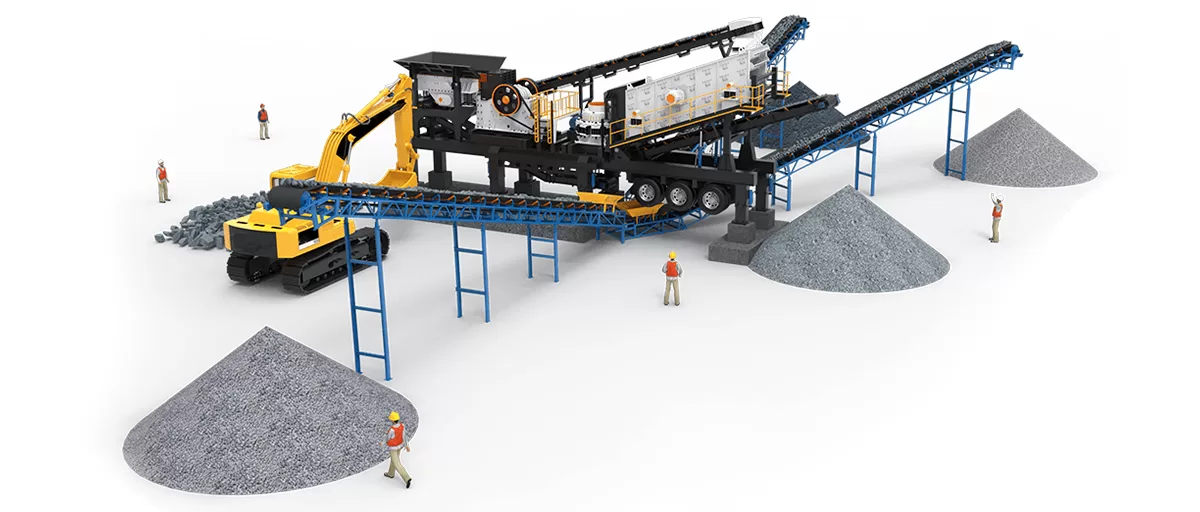
Las trituradoras de cono móviles son caballos de batalla versátiles que se encuentran en varios sectores exigentes:
Aplicaciones especializadas: También procesan materiales como escoria (acero, cobre), cuarzo y otros minerales industriales duros en los que la movilidad y la forma del producto son importantes.
Minería: Esenciales para descomponer minerales duros como hierro, cobre, oro y basalto tras la trituración primaria. Su capacidad para procesar materiales abrasivos las convierte en una elección duradera.
Producción de áridos: Ampliamente utilizado en canteras para producir áridos cúbicos de alta calidad a partir de materiales como granito, piedra de río y piedra caliza para hormigón, asfalto y relleno de construcción.
Reciclaje de residuos de la construcción: Eficaz para procesar hormigón y asfalto triturados y convertirlos en áridos reutilizables. Su movilidad es una gran ventaja para los centros de reciclaje temporales.

Tomar la decisión equivocada conduce a la ineficacia o incluso a daños en los equipos. Comprender sus puntos fuertes orienta la elección correcta.
Una trituradora de cono móvil tiene ventaja con materiales muy duros y abrasivos como el granito o el basalto. Una trituradora de impacto móvil suele funcionar mejor con materiales más blandos y menos abrasivos, como la piedra caliza, y tiene un buen rendimiento en aplicaciones de reciclaje.

He aquí una rápida comparación:
| Característica | Trituradora de cono móvil | Trituradora de impacto móvil |
|---|---|---|
| Dureza | Lo mejor para duro / muy duro | Lo mejor para blandos / semiduros |
| Abrasividad | Maneja bien la alta abrasividad | Sensible a la alta abrasividad |
| Ratio de reducción | Inferior (normalmente de 3:1 a 5:1) | Superior (puede ser de 10:1 a 20:1) |
| Salida de multas | Generalmente inferior | Generalmente superior |
| Forma del producto | Excelente forma cúbica | Buena forma cúbica (especialmente en el reciclado) |
| Uso común | Secundario/Terciario, Cantera de roca dura | Primaria/Secundaria, Caliza, Reciclado |
Básicamente, si trabaja con roca dura y abrasiva y necesita un producto cúbico en etapas secundarias o terciarias, la trituradora de cono móvil es probablemente su máquina. Si tiene rocas más blandas, necesita una mayor relación de reducción en una sola pasada o se centra en el reciclaje, es mejor una trituradora de impacto móvil.
Las trituradoras de cono móviles ofrecen distintos tipos de cavidad (revestimiento). Una elección incorrecta conduce a un rendimiento deficiente, un gran desgaste y frustración. Es crucial adaptar la cavidad al material de alimentación y al producto deseado.
Seleccione la cavidad de trituración (fina, media, gruesa, extra gruesa) en función de la distribución del tamaño de la alimentación y del tamaño del producto deseado. La cavidad adecuada garantiza una trituración eficaz y un desgaste óptimo de la camisa.
| Modelo | ZDM3S185GYS300 | ZDM3S216GYS400 | ZDM3S216HP300 |
| Longitud del transporte(mm) | 14500 | 15000 | 16000 |
| Anchura del transporte(mm) | 3000 | 3000 | 4550 |
| Altura de transporte(mm) | 4400 | 4500 | 17000 |
| Longitud máxima(mm) | 17000 | 16000 | 4600 |
| Anchura máxima(mm) | 3400 | 3900 | 6900 |
| Altura máxima(mm) | 5800 | 6500 | 4700 |
| Peso(t) | 34.5 | 49.5 | 41 |
| Configuración de los neumáticos | biax equipado | triaxial ajustado | triaxial ajustado |
| Configuración de los neumáticos | GYS300 | GYS400 | HP300 |
| Cinta transportadora de alimentación | B650×15M×2 | B800×15M×2 | B800×15M×2 |
| Cinta transportadora de descarga | B650×14M | B800×14M | B800×16M |
| Cinta transportadora para productos finales | B500×15M | B800×6M | B650×15M×2 |
| Bajo criba vibratoria | B800×7M | B800×8M | B800×9M |
| Modelo de criba vibratoria | 3YK1854 | 3YK2160 | 3YK2160 |
La elección del juego de revestimiento adecuado (manto y revestimiento de cuba) va más allá de la simple elección de un nombre. Se trata de optimizar el proceso de trituración.
La zonificación ofrece varios perfiles, generalmente clasificados por el tamaño de abertura de alimentación que aceptan:
Las trituradoras de cono móviles trabajan duro y las piezas se desgastan. Los tiempos de inactividad no planificados para las sustituciones y los elevados costes de los consumibles pueden mermar los beneficios. Conocer la vida útil y el coste del desgaste es esencial para presupuestar y planificar el mantenimiento.
Las principales piezas de desgaste son el manto (en la cabeza del cono) y el revestimiento/cóncavo de la cuba (que recubre el bastidor superior). Su vida útil varía mucho en función de la abrasividad del material, las condiciones de alimentación y el funcionamiento. Los costes de sustitución son importantes pero previsibles.
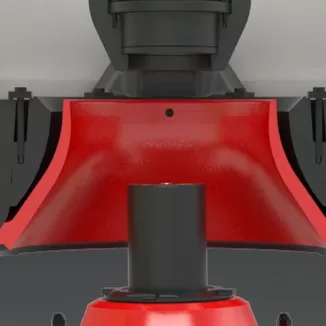
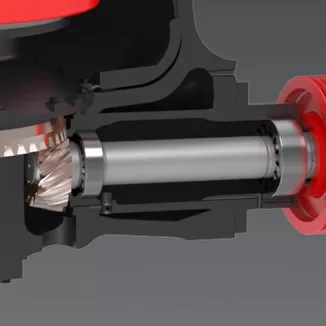
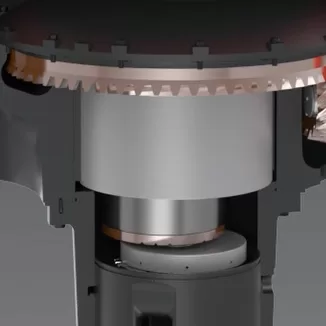
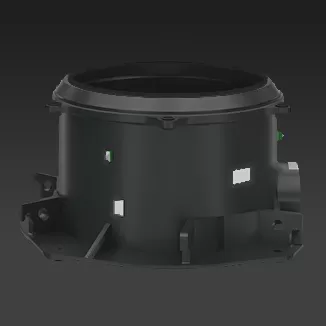
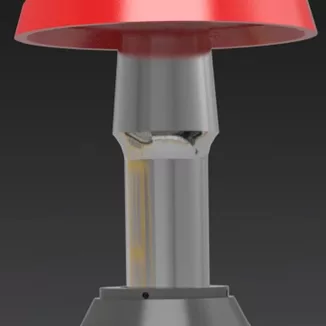
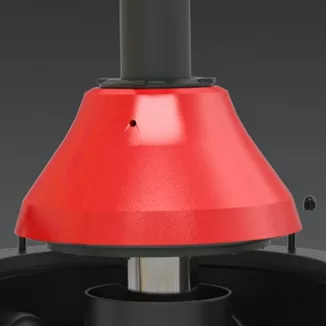
La gestión eficaz de las piezas de desgaste es clave para controlar los costes de explotación.
Puede mantener las piezas consumibles y mejorar el rendimiento de la trituradora prestando atención a los siguientes factores:
Las revisiones periódicas evitan que los problemas menores se conviertan en mayores, sobre todo teniendo en cuenta las duras condiciones a las que se enfrentan las unidades móviles.
Una trituradora de cono móvil rara vez trabaja sola. Necesita alimentación y su producto necesita tamaño. Un equipo mal adaptado a la línea crea cuellos de botella e ineficacia. Conocer las configuraciones habituales ayuda a planificar un sistema productivo.
Una trituradora de cono móvil suele funcionar después de una trituradora de mandíbulas primaria móvil y antes de una planta de cribado móvil. La trituradora de mandíbulas se encarga de la alimentación de gran tamaño, el cono la reduce aún más y la criba separa los productos.
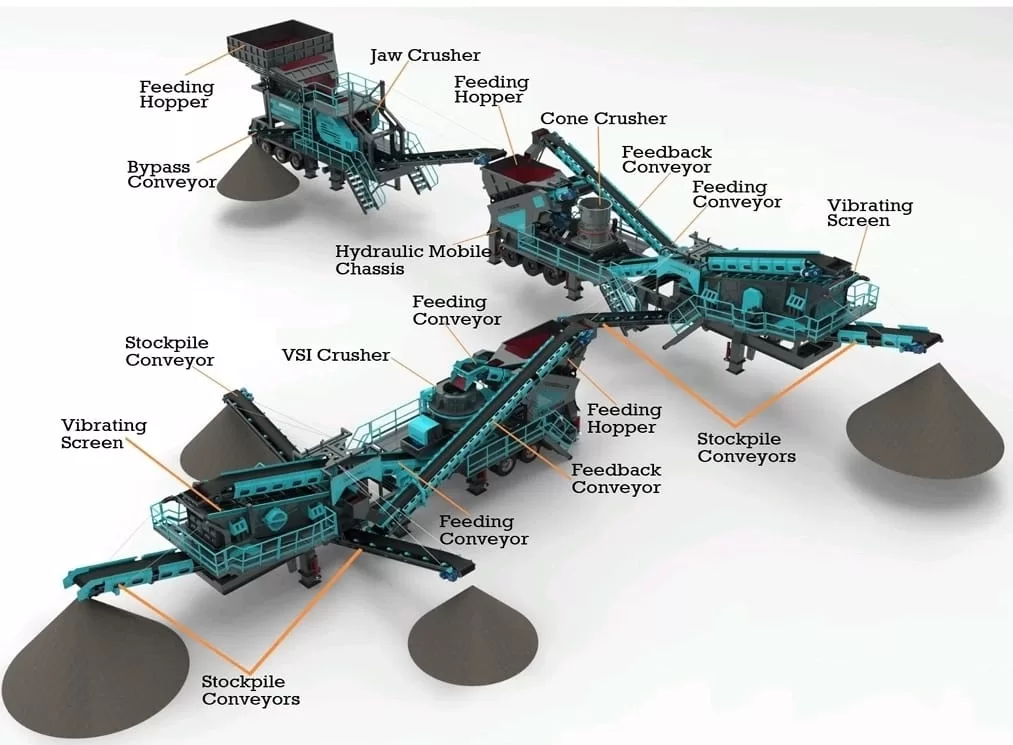
Crear una línea de producción móvil eficiente implica combinar las unidades adecuadas.
La configuración más habitual para el tratamiento de roca dura consta de tres unidades móviles principales:
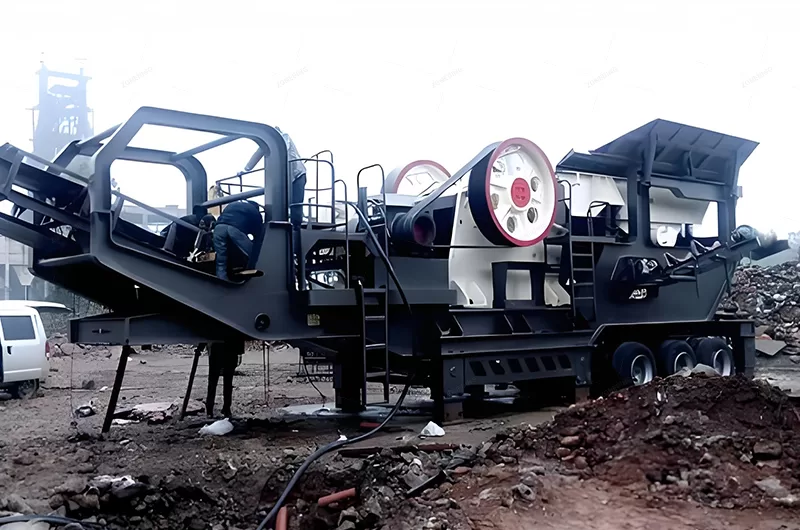
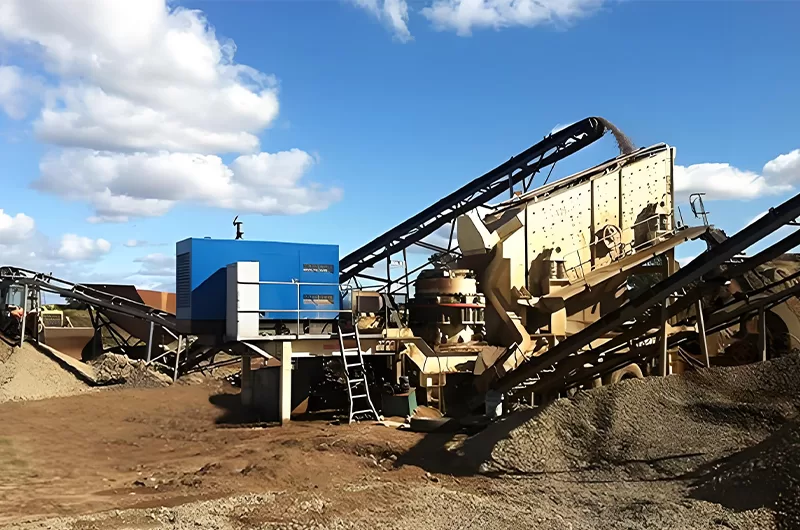
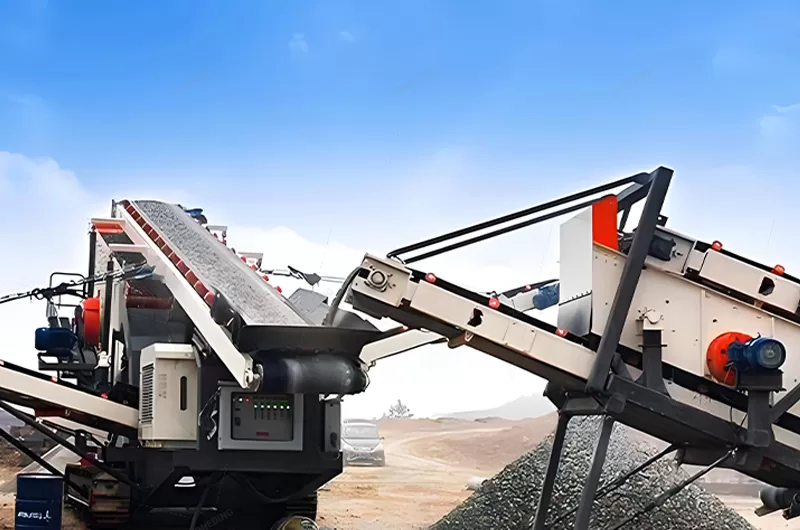
La elección de un proveedor para una inversión importante como una trituradora de cono móvil es fundamental. Una mala elección puede dar lugar a un equipo inadecuado, una asistencia insuficiente y problemas costosos. Evaluar cuidadosamente a los proveedores minimiza el riesgo.
Busque un proveedor con capacidad de fabricación demostrada, componentes de alta calidad, disponibilidad fiable de piezas, asistencia técnica sólida (incluido el conocimiento de las aplicaciones) y experiencia verificable en soluciones de trituración móviles.

Asociarse con el proveedor adecuado le garantiza equipos que rinden y una asistencia en la que puede confiar.
Nuestro amplio alcance mundial, con exportaciones a más de 130 países de Europa, África, Asia, América y Australia, está respaldado por unas condiciones logísticas maduras y bien establecidas. Esto garantiza una entrega eficiente, fiable y puntual tanto de plantas móviles de trituración completas como de piezas de repuesto esenciales directamente a su emplazamiento, lo que minimiza los posibles retrasos y respalda su operación de forma eficaz, independientemente del lugar del mundo en el que se encuentre.
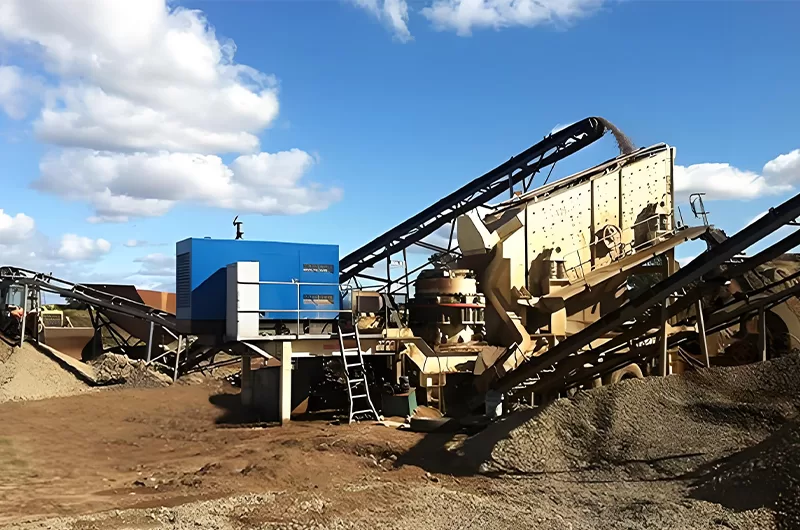
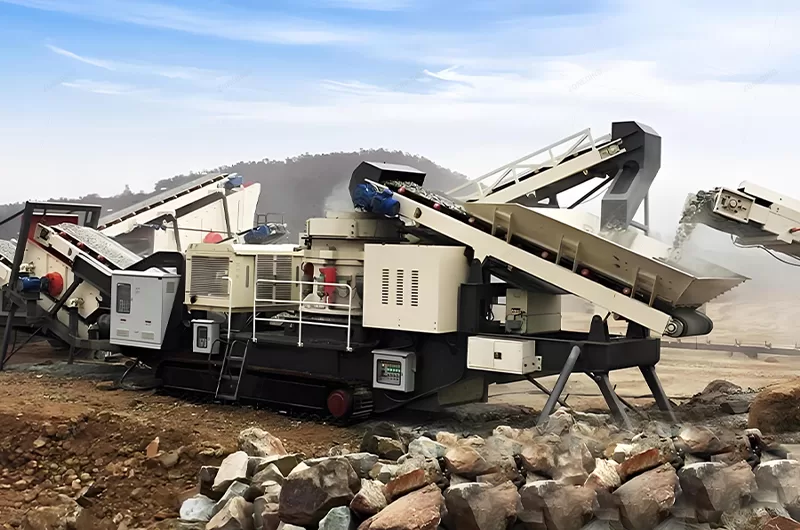
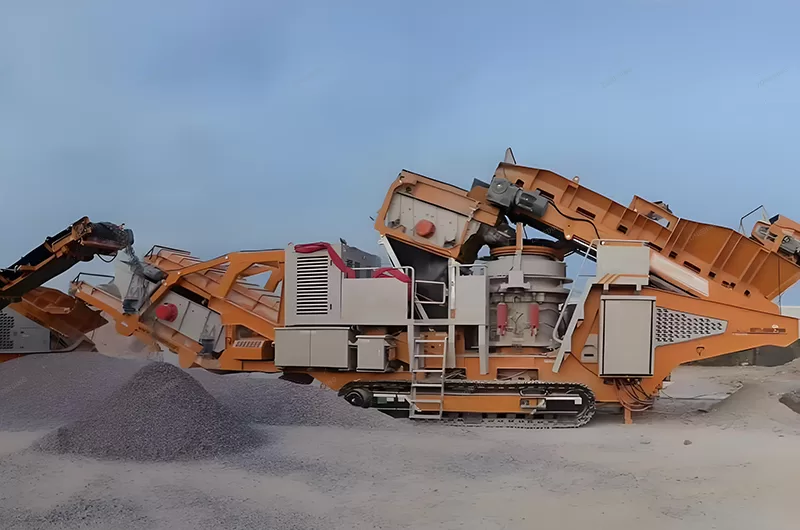
La selección depende de las características del material (tamaño máximo de alimentación, dureza, abrasividad), el rendimiento requerido (tph), el tamaño de salida deseado (CSS), la potencia del motor disponible y el presupuesto. Un análisis minucioso garantiza un rendimiento óptimo y rentable.
Una instalación correcta requiere una base sólida y nivelada y una alineación precisa. Un funcionamiento correcto implica comprobaciones previas minuciosas, una puesta en marcha en vacío, una alimentación uniforme controlada, evitar la sobrecarga/ahogo y seguir la secuencia de parada adecuada.
Las comprobaciones diarias incluyen la fijación, la lubricación y la inspección visual de las piezas de desgaste. El mantenimiento regular implica inspecciones más profundas y la revisión de los componentes. Prolongue considerablemente la vida útil de las placas de las mandíbulas mediante una selección adecuada del material, una alimentación uniforme, un cribado previo y una rotación o volteo estratégicos de las placas.
Entre las averías más comunes se encuentran las paradas repentinas (ahogamiento), la reducción del rendimiento, los problemas con las placas de mordazas, el sobrecalentamiento de los cojinetes, las vibraciones excesivas y la rotura de las placas basculantes. La localización de averías implica identificar sistemáticamente causas como bloqueos, desgaste, piezas sueltas o ajustes incorrectos.
Las trituradoras de mandíbulas destacan en la trituración primaria de materiales grandes y duros gracias a su robustez. Trituradoras de cono son más adecuadas para la trituración secundaria/terciaria de roca dura, ya que ofrecen una mayor reducción y una mejor forma. Trituradoras de impacto producen un excelente producto cúbico pero se desgastan mucho más rápido en roca dura y abrasiva.
